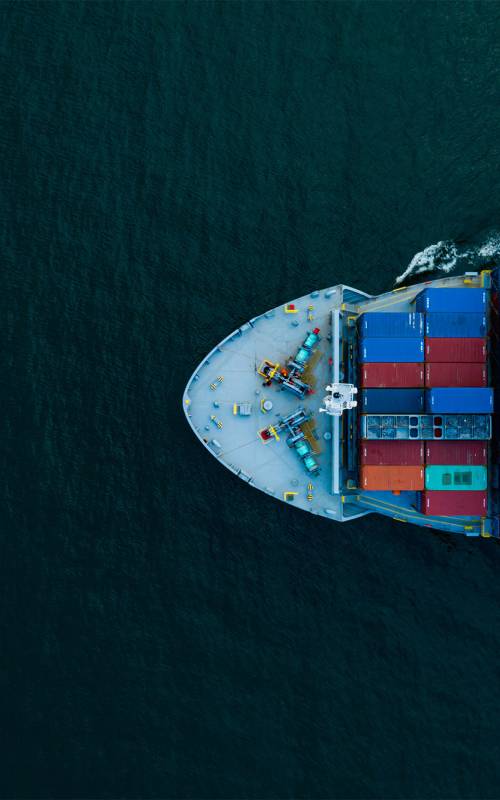Information about Breakbulk
Breakbulk - bulky cargo
The term Breakbulk from the field of logistics comes from the English language and can be compared with the German word equivalent Stückgut (general cargo).
It is used to describe any goods that have to be loaded individually due to their special nature. This definition thus covers types of freight such as containers, boxes, pallets, barrels, machines, plant components, cable, paper or sheet metal reels. Liquid goods and gases, if they have not been filled into their own containers, are not breakbulks. Similarly, analogous solids such as sand, coal and grain are not included in general cargo, but fall under the terms bulk or suction goods, provided they have not been packaged.
Furthermore, breakbulk can be divided into three further sub-designations depending on the quantity and number. Firstly, collo, which describes the smallest unit of a consignment of goods. This includes pieces that differ completely from one another in terms of shape and size and are therefore individual pieces or packaging units. If packages of the same type of goods are present, they are called pieces. It represents the second sub-denomination. The third is the term consolidated goods. This is used to designate a grouping of identical or different piece goods into one piece. This form of freight is transported using different means of transport (such as flatbed trucks, closed lorries, ships or in the hold of aircraft), which must comply with special requirements regarding cargo insurance. The reason for this is the specific nature of this type of goods, which makes them vulnerable to theft and damage.
As companies always want to keep their delivery costs as low as possible, they usually no longer deliver individually but combine the transport with another large delivery. Due to the high density of a regular service that commutes constantly between major urban centres, breakbulk shipments have become cost-effective. The respective means of transport meet at a so-called break-in-bulk point, where the goods are transferred from one mode of transport to another or are split from a single large delivery into various partial deliveries to be forwarded. An example of this is the loading of the goods from the dock onto the ship.



